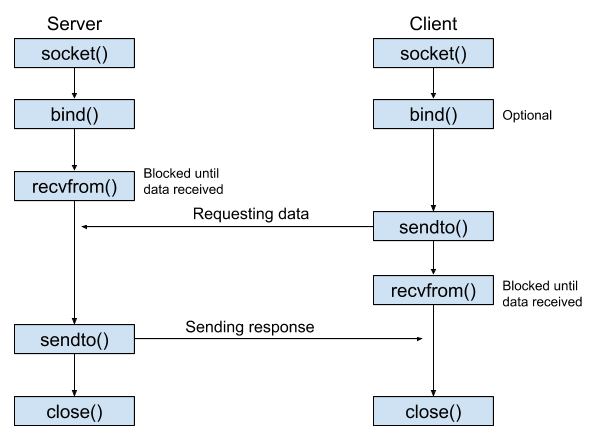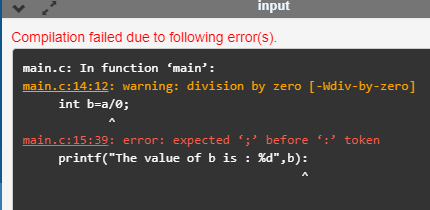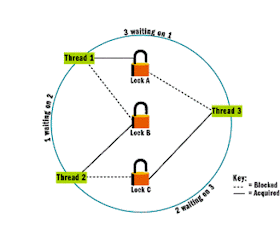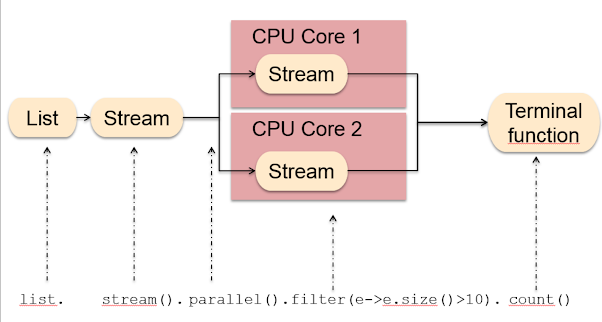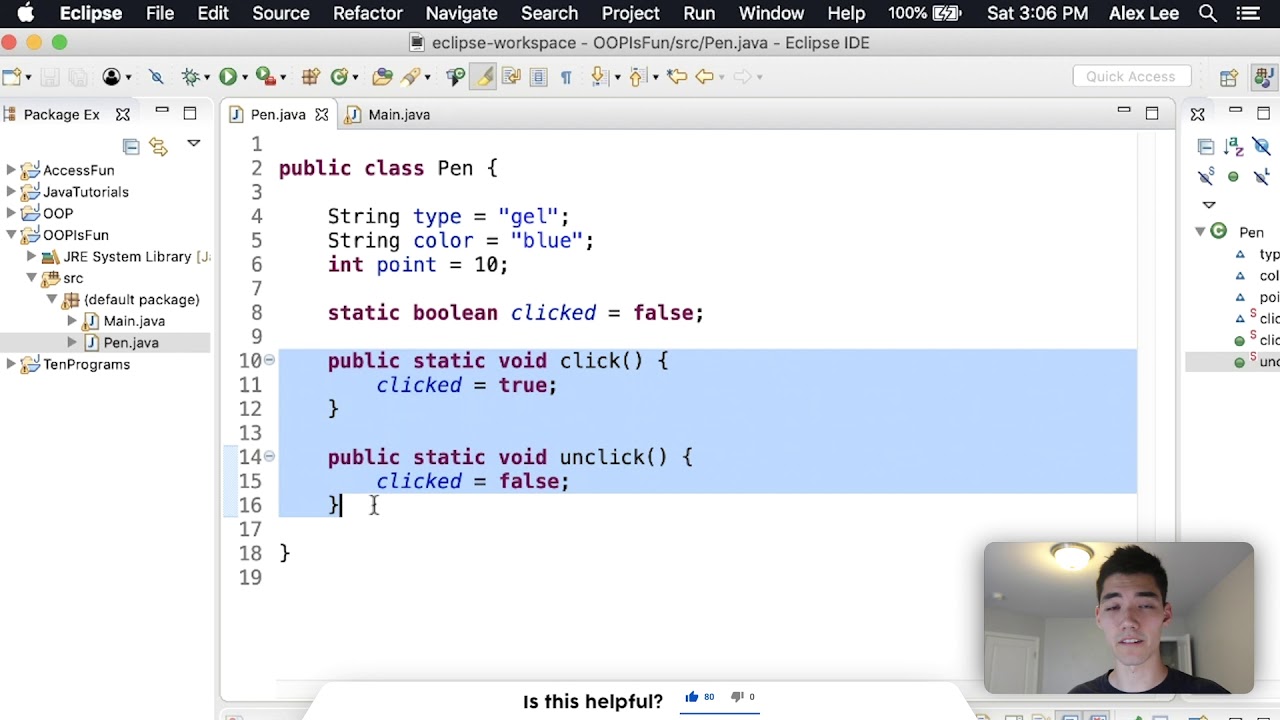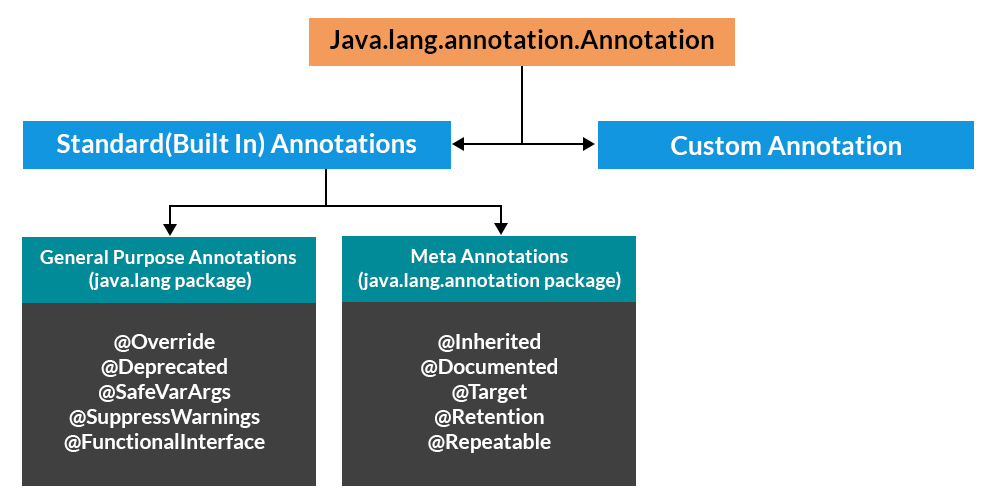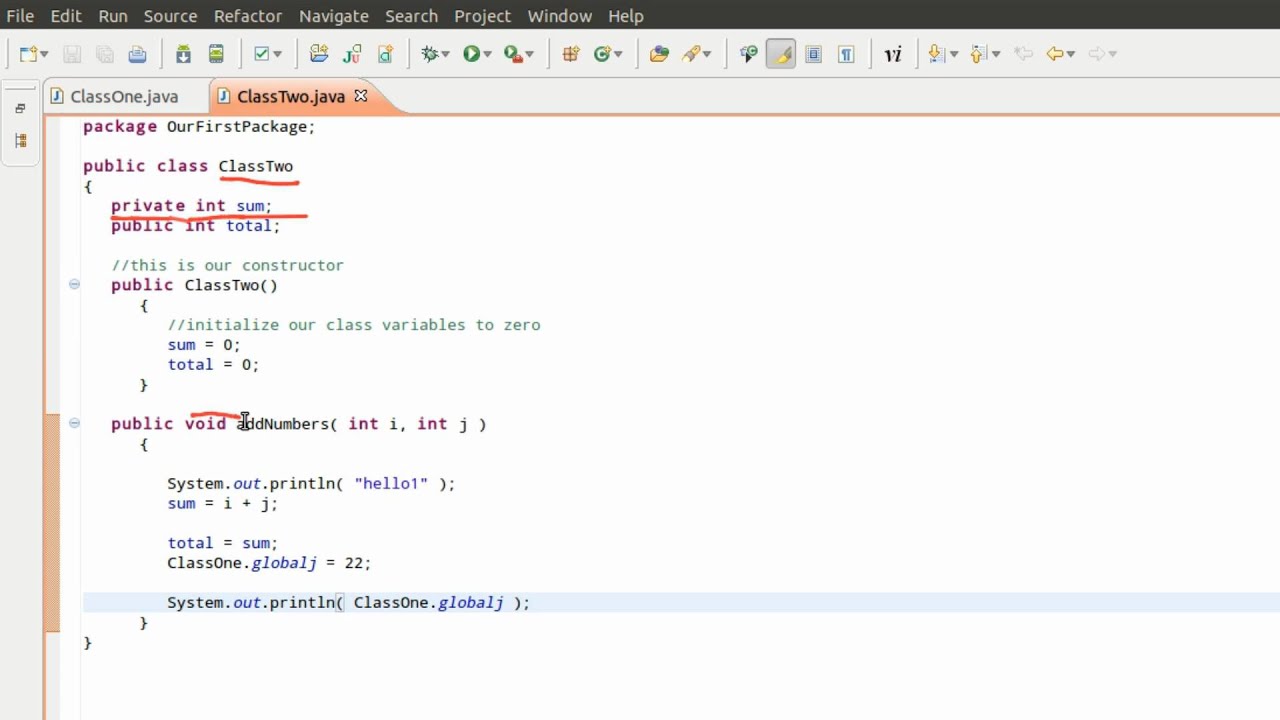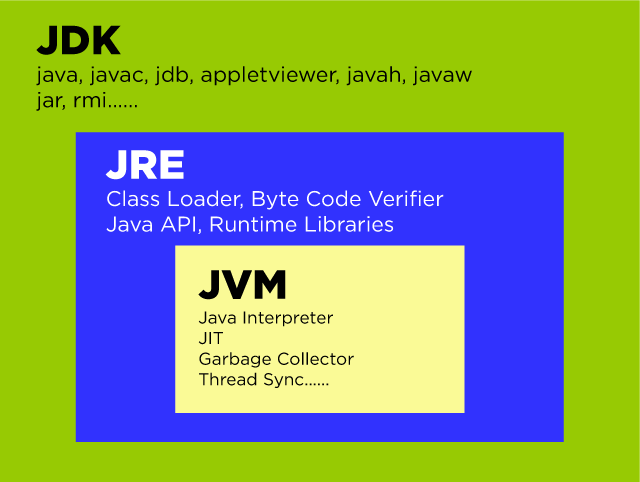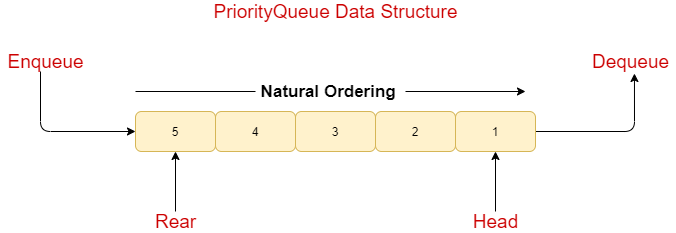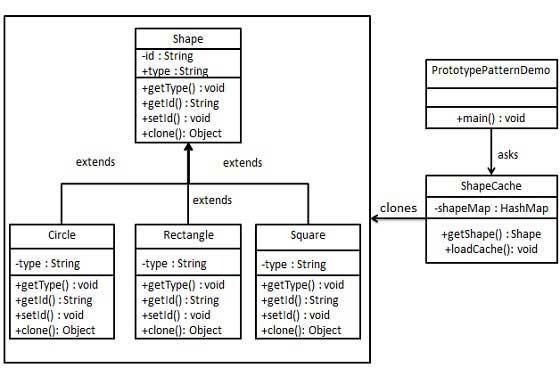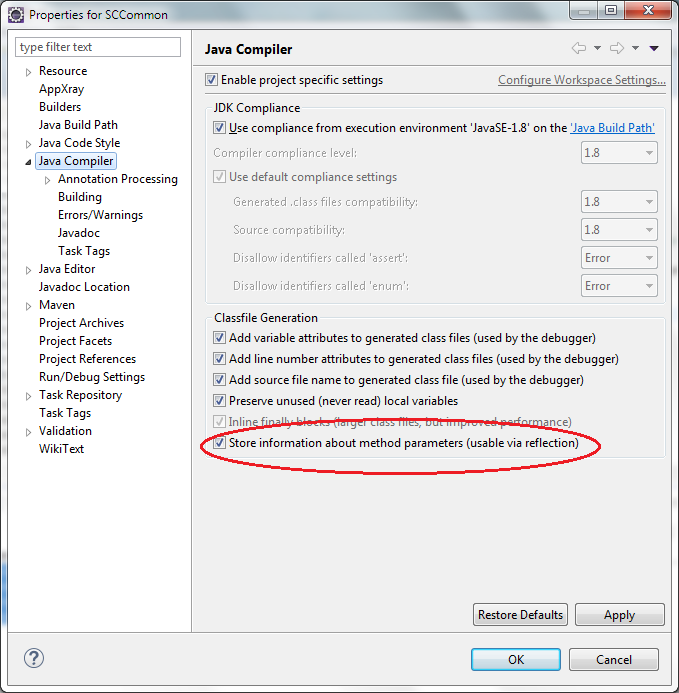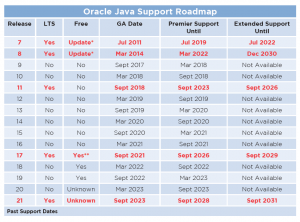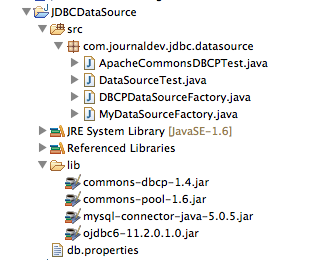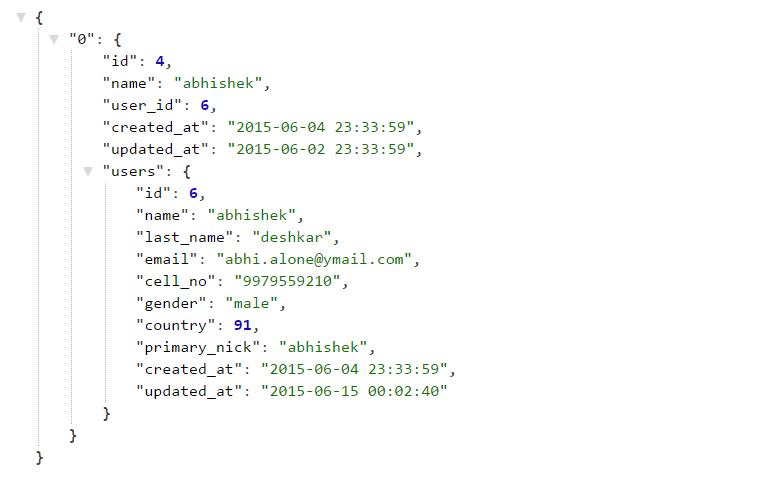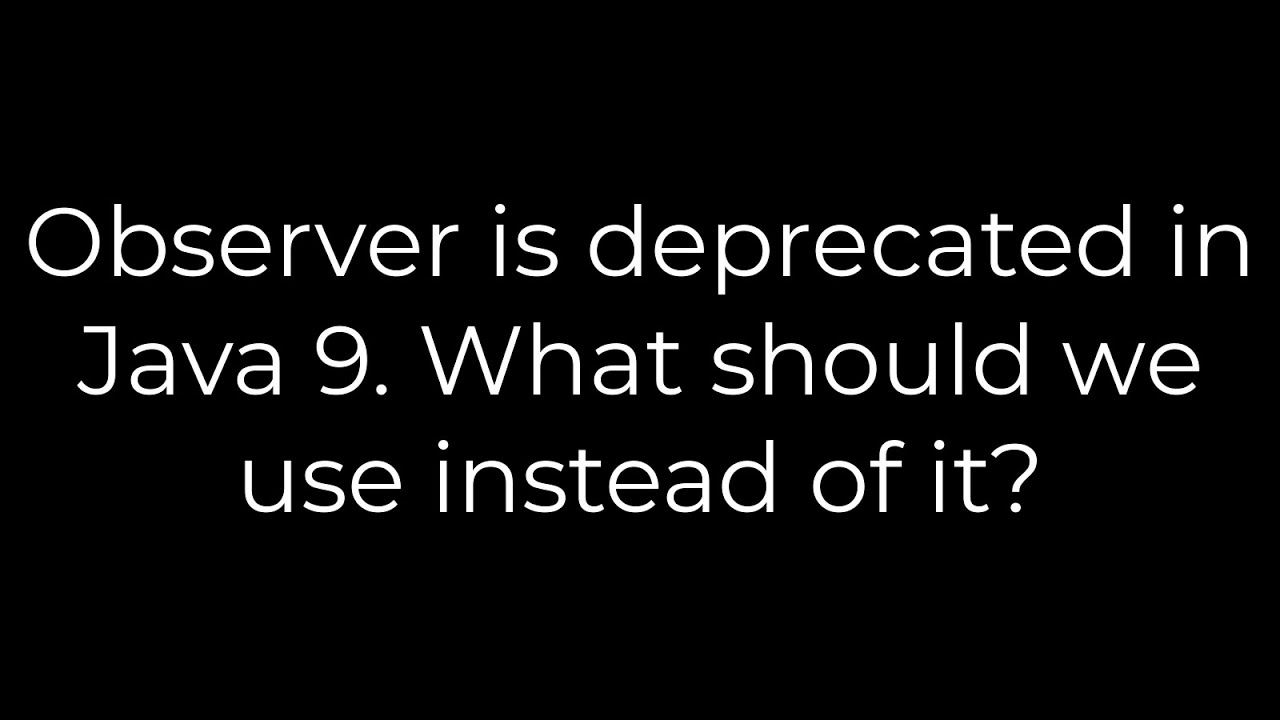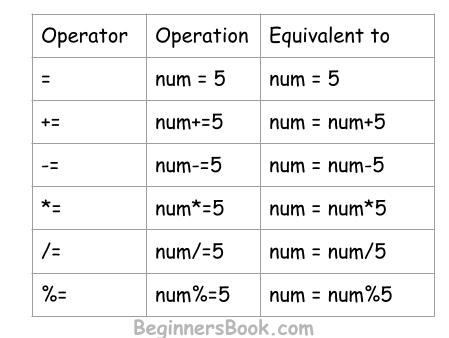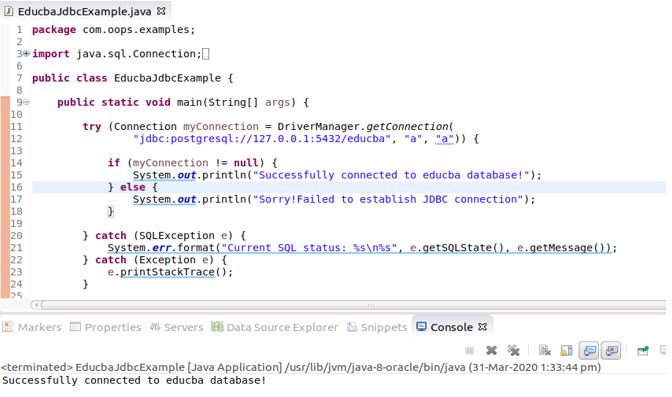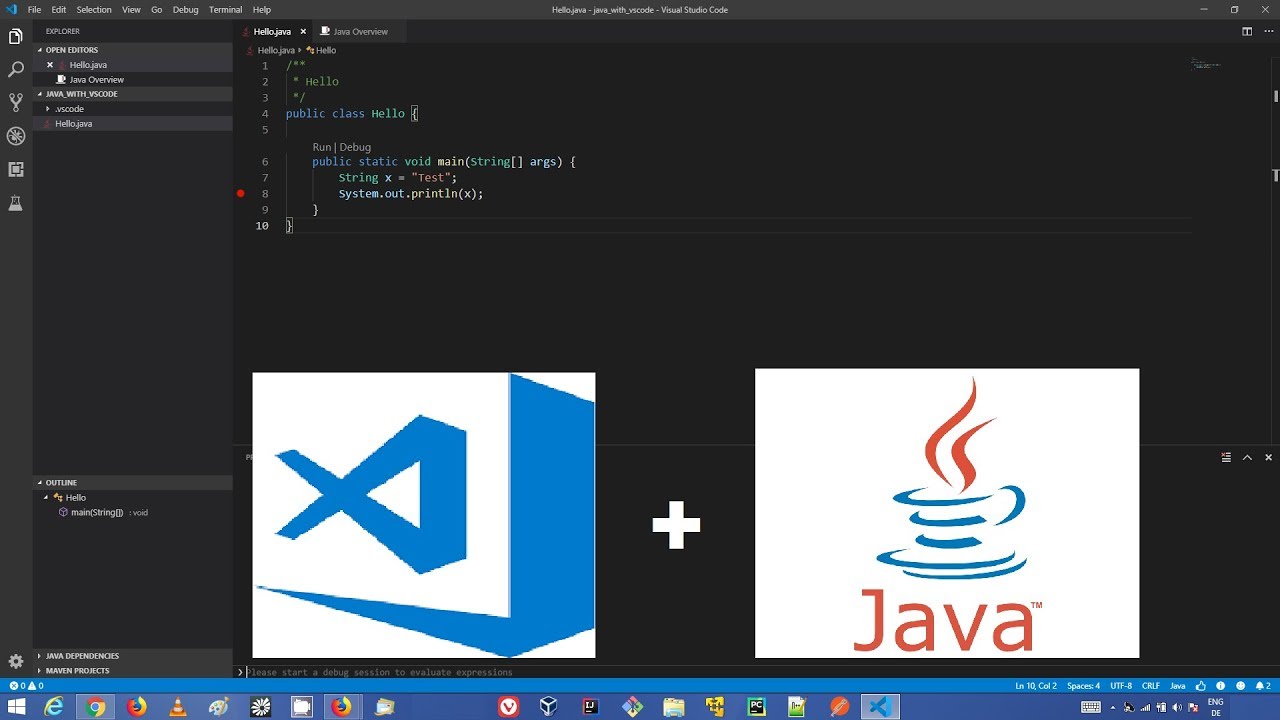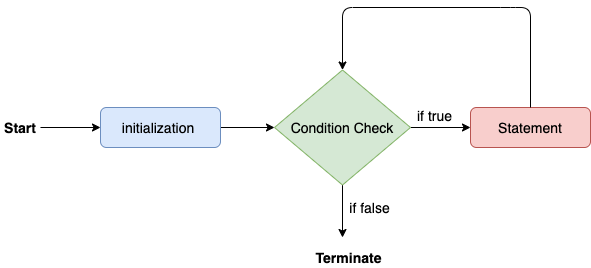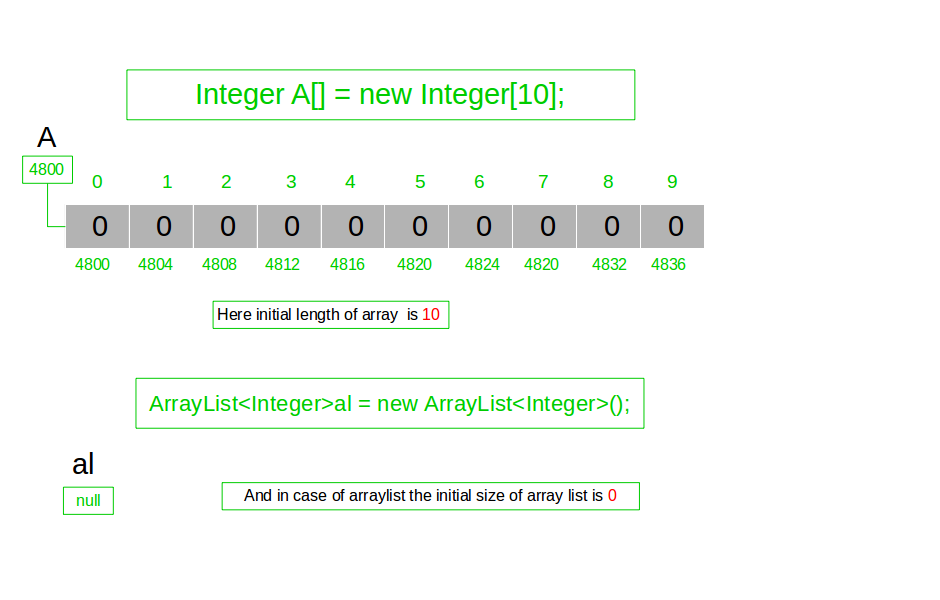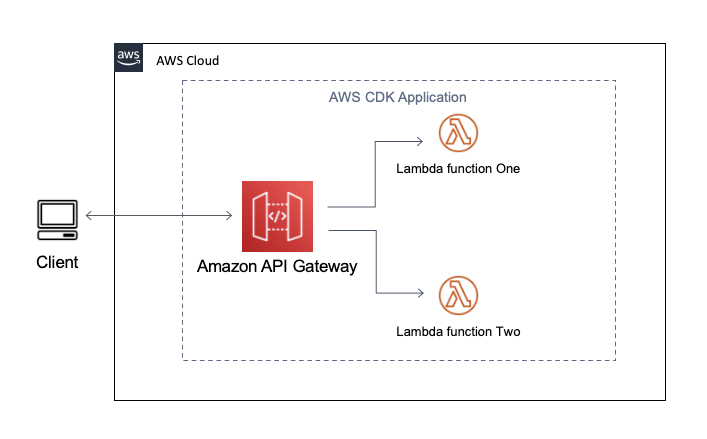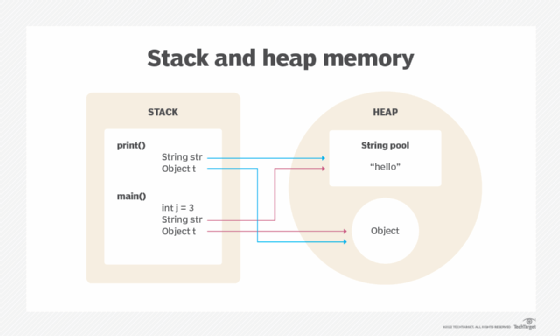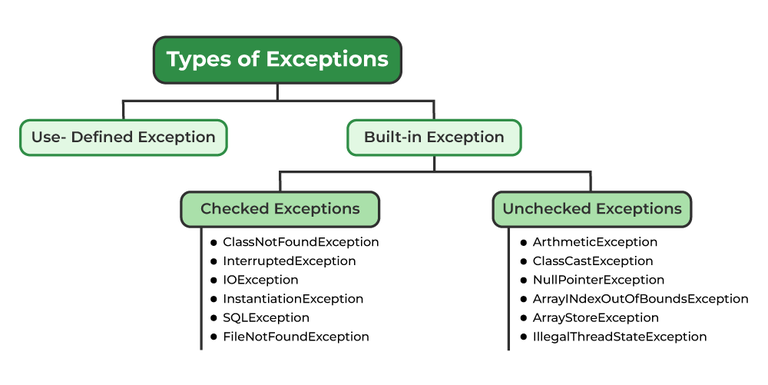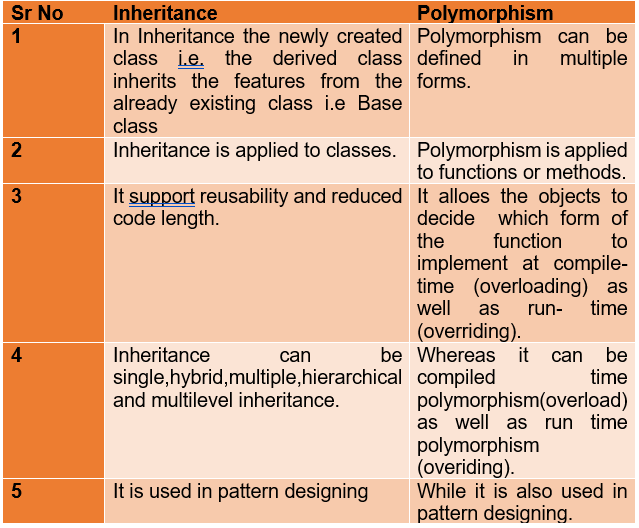Java udp tutorial
Java udp tutorial
I'd be happy to help! Here's a comprehensive Java UDP (User Datagram Protocol) tutorial:
What is UDP?
UDP is a transport-layer protocol that provides a best-effort delivery service for data packets. Unlike TCP (Transmission Control Protocol), which guarantees reliable delivery of packets, UDP does not guarantee packet delivery or order. It is commonly used in applications where real-time communication and low latency are critical.
Why use UDP in Java?
There are several reasons to use UDP in Java:
Low-latency: UDP provides a lower overhead compared to TCP, making it ideal for applications that require minimal latency. Efficient use of network resources: UDP packets are smaller than TCP packets, which means less bandwidth is used and fewer packets need to be processed. Real-time communication: UDP's best-effort delivery service makes it well-suited for real-time applications such as video conferencing or online gaming.Java UDP Programming
To use UDP in Java, you'll need to import the DatagramSocket class from the java.net package and create a DatagramPacket. Here's an example:
import java.io.IOException;import java.net.DatagramPacket;
import java.net.DatagramSocket;
import java.net.InetAddress;
public class JavaUDP {
public static void main(String[] args) throws IOException {
// Create a UDP socket
DatagramSocket socket = new DatagramSocket();
// Create a packet to send
String message = "Hello, World!";
byte[] data = message.getBytes();
InetAddress address = InetAddress.getLocalHost(); // Send to the local machine (127.0.0.1)
int port = 12345; // Set the destination port
DatagramPacket packet = new DatagramPacket(data, data.length, address, port);
// Send the packet
socket.send(packet);
// Close the socket
socket.close();
}
}
In this example:
We create a UDP socket usingDatagramSocket. We create a packet to send by converting a string message to bytes and setting the destination address and port. We send the packet using the send() method of the DatagramSocket. We close the socket when we're finished.
Receiving UDP Packets in Java
To receive UDP packets in Java, you'll need to import the DatagramSocket class from the java.net package and create a DatagramPacket. Here's an example:
import java.io.IOException;import java.net.DatagramPacket;
import java.net.DatagramSocket;
public class JavaUDPreceive {
public static void main(String[] args) throws IOException {
// Create a UDP socket to listen on port 12345
DatagramSocket socket = new DatagramSocket(12345);
// Receive packets indefinitely
while (true) {
// Create an empty packet
byte[] data = new byte[1024];
DatagramPacket packet = new DatagramPacket(data, data.length);
// Receive a packet
socket.receive(packet);
// Process the received packet
String message = new String(packet.getData(), 0, packet.getLength());
System.out.println("Received: " + message);
}
// Close the socket
socket.close();
}
}
In this example:
We create a UDP socket to listen on port 12345 usingDatagramSocket. We receive packets indefinitely by creating an empty packet and calling the receive() method of the DatagramSocket. We process each received packet by converting its data to a string. We close the socket when we're finished.
This is just a basic introduction to Java UDP programming. You can explore more advanced topics such as handling multiple clients, implementing reliable communication using retransmission and sequencing, and optimizing performance for high-speed networks.
I hope this helps!
How to send an UDP request in Java?
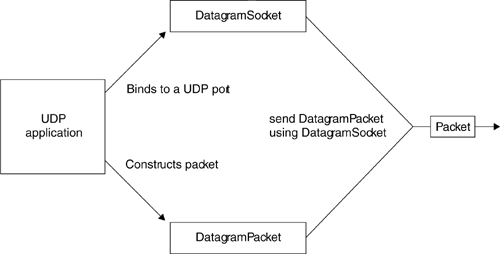
Sending an UDP (User Datagram Protocol) request in Java can be achieved using the DatagramSocket class. Here's a step-by-step guide on how to do it:
DatagramSocket by calling the constructor and specifying the protocol family (in this case, IPv4 or IPv6). For example:
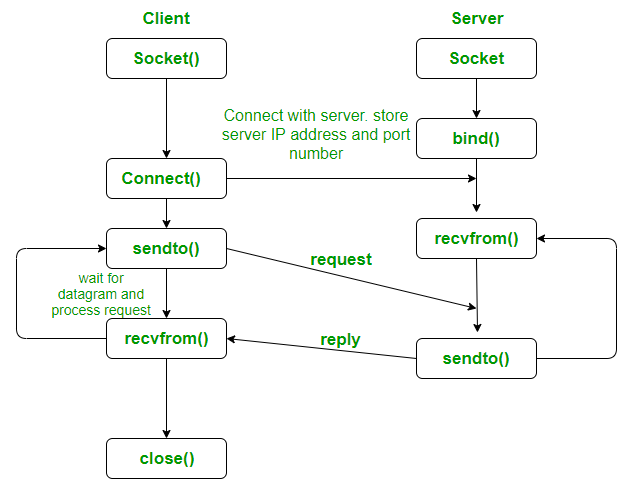
Set the destination address: Specify the IP address and port number of the destination server that you want to send the UDP request to. You can use theDatagramSocket dsocket = new DatagramSocket();
InetAddress class to create an object representing the destination IP address.
For example:
InetAddress destAddress = InetAddress.getByName("example.com");
int destPort = 8080;
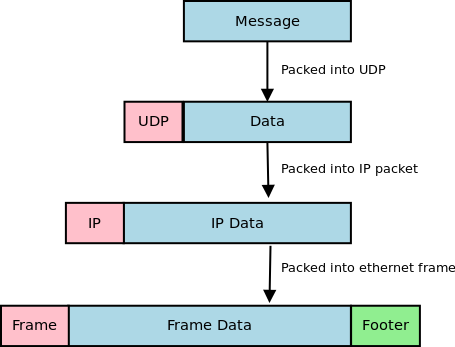
DatagramPacket encapsulates the data you want to send, along with metadata like the source and destination addresses. You can create a DatgramPacket by calling its constructor.
For example:
Set the packet's source address: Specify your own IP address as the source of the UDP request. You can use thebyte[] buff = "Hello, UDP!".getBytes();DatagramPacket dp = new DatagramPacket(buff, buff.length);
InetAddress class to create an object representing your IP address.
For example:
Send the packet: Use theInetAddress srcAddress = InetAddress.getByName("your-ip-address");dp.setSource(srcAddress);
send method to send the UDP request to the destination server. This method returns the number of bytes actually sent, which might be less than the total length of the buffer if there is an error sending the datagram.
For example:
Close the socket: When you're finished with thedsocket.send(dp);
DatagramSocket, make sure to close it to free up system resources.
For example:
dsocket.close();
Here's a complete code snippet that demonstrates how to send an UDP request in Java:
import java.io.IOException;import java.net.DatagramPacket;
import java.net.DatagramSocket;
import java.net.InetAddress;
import java.util.Arrays;
public class UDPClient {
public static void main(String[] args) throws IOException {
// Create a DatagramSocket object
DatagramSocket dsocket = new DatagramSocket();
// Set the destination address
InetAddress destAddress = InetAddress.getByName("example.com");
int destPort = 8080;
// Create a byte buffer to store the UDP request data
byte[] buff = "Hello, UDP!".getBytes();
// Create a DatagramPacket encapsulating the data and metadata
DatagramPacket dp = new DatagramPacket(buff, buff.length);
dp.setSource(InetAddress.getByName("your-ip-address"));
dp.setDestination(destAddress, destPort);
// Send the packet to the destination server
dsocket.send(dp);
// Close the socket when you're done
dsocket.close();
}
}
By following these steps and using the DatagramSocket class, you can successfully send an UDP request from your Java program.
